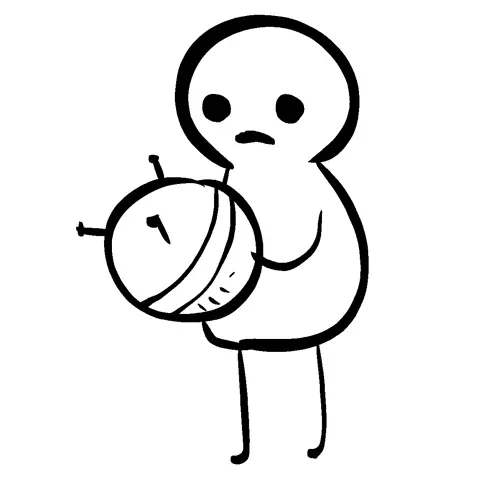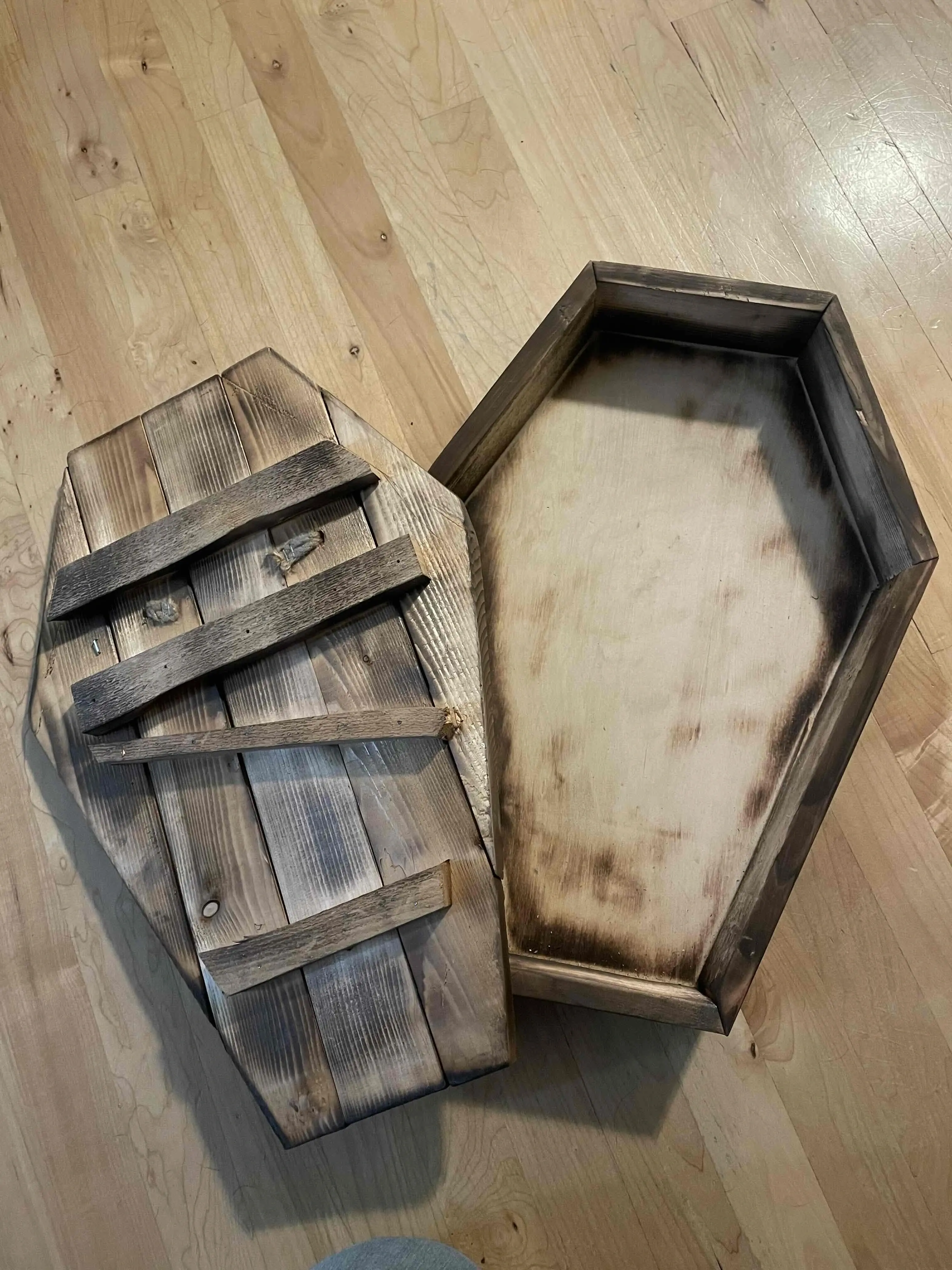

The operating phrase there is “in my kitchen area.” Kitchens are heavily influenced by the practical demands of life so they remain fairly well optimized. Surface, cabinet and drawer space in kitchens is always helpful. I have a hutch-like microwave stand that stores my cat food, my bartending and coffee accoutrements and some lesser used kitchen tools. My soup crocks, a keepsake growler and a couple other vessels live on top of the microwave.
On the other side of the wall from this is a decorative cabinet full of generational clutter I am required to maintain because “It was your grandmothers.” The second my father is no longer able to check, that cabinet is going elsewhere.


















guillotines are renaissance era.